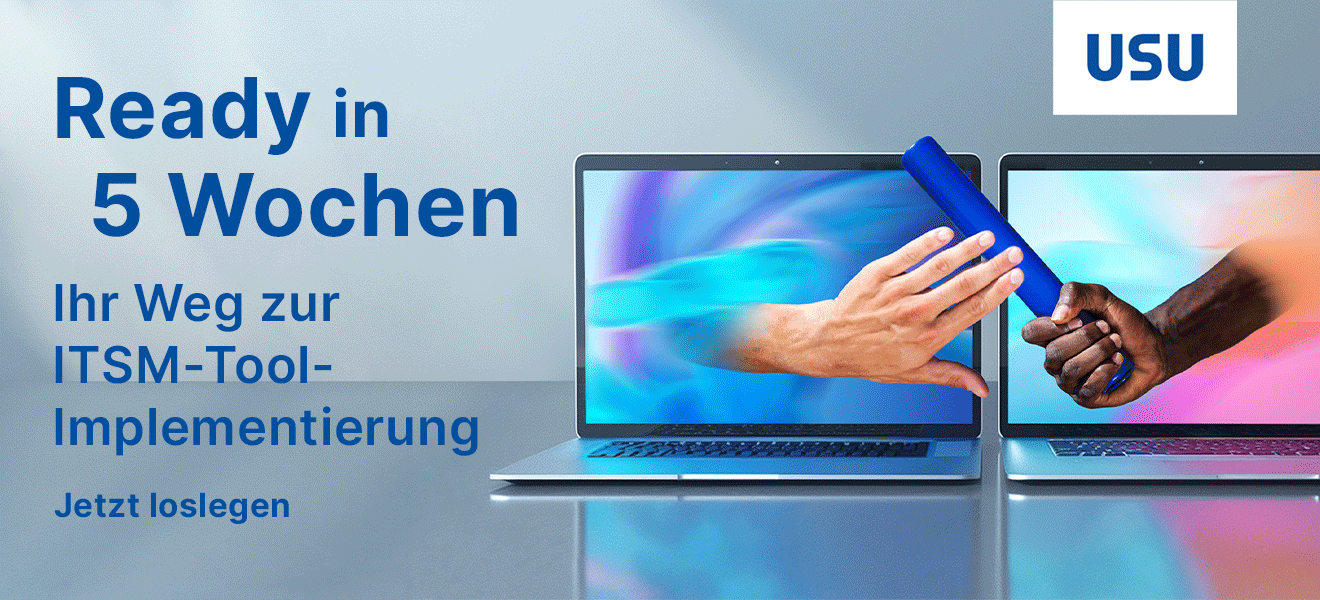Laut dem IT-Research und Beratungsunternehmen Gartner werden die weltweiten IT-Ausgaben im Jahr 2016 stagnieren und sich auf 3,41 Billionen US-Dollar belaufen (siehe Tabelle 1). Die Prognose im vorherigen Quartal ging noch von einem negativen Wachstum von 0,5 Prozent aus. Die Veränderung in der Prognose ist hauptsächlich auf Währungsschwankungen zurückzuführen.
»Der aktuelle Gartner-Forecast zu den weltweiten IT-Ausgaben geht noch von der Annahme aus, dass das Vereinigte Königreich die Europäische Union nicht verlassen wird. Mit dem Austritt von UK wird das Vertrauen in die wirtschaftliche Entwicklung wahrscheinlich deutlich sinken und die Preise werden steigen. Das wird Auswirkungen auf die IT-Ausgaben in UK, Westeuropa und weltweit haben«, erläutert John-David Lovelock, Research Vice President bei Gartner.
Gartner Says Worldwide IT Spending Is Forecast to Be Flat in 2016
Analysts to Discuss Latest IT Spending Outlook During Gartner Webinar on 12 July
Worldwide IT spending is forecast to be flat in 2016, totaling $3.41 trillion, according to Gartner, Inc. (see Table 1). This is up from last quarter’s forecast of negative 0.5 per cent growth. The change in the forecast is mainly due to currency fluctuations.
»The current Gartner Worldwide IT Spending Forecast assumes that the UK would not exit the European Union. With the UK’s exit, there will likely be an erosion in business confidence and price increases which will impact UK, Western Europe and worldwide IT spending,« said John-David Lovelock, research vice president at Gartner.
While the UK has embarked on a process to change, that change is yet to be defined. The »leave« vote will quickly affect IT spending in the UK and in Europe while other changes will take longer. Staff may be the largest immediate issue. The long-term uncertainty in work status will make the UK less attractive to new foreign workers. Retaining current non-UK staff and having less access to qualified new hires from abroad will impair UK IT Departments.
New Options Are Disrupting Established Markets
»2016 marked the start of an amazing dichotomy. The pace of change in IT will never again be as slow as it is now, but global IT spending growth is best described as lackluster,« said Mr Lovelock. »2016 is the year that business focus turns to digital business, the Internet of Things and even algorithmic business. To fund these new initiatives, many businesses are turning to cost optimisation efforts centering around the new digital alternatives (for example, SaaS instead of software licenses, voice over LTE [VoLTE] instead of cellular and digital personal assistants instead of people) to save money, simplify operations and speed time to value. It is precisely this new breadth of alternatives to traditional IT that will fundamentally reshape what is bought, who buys it and how much will be spent.«
The Gartner Worldwide IT Spending Forecast is the leading indicator of major technology trends across the hardware, software, IT services and telecom markets. Global IT and business executives use these highly anticipated quarterly reports to recognise market opportunities and challenges, and base their critical business decisions on proven methodologies rather than guesswork.
Table 1. Worldwide IT Spending Forecast (Billions of US Dollars)
| 2015 Spending | 2015 Growth | 2016 Spending | 2016 Growth | |
| Data Centre Systems | 171,213 | 2.9 % | 174,578 | 2.0 % |
| Software | 313,948 | 1.1 % | 332,207 | 5.8 % |
| Devices | 662,295 | -4.6 % | 627,235 | -5.3 % |
| IT Services | 865,818 | -3.4 % | 897,634 | 3.7 % |
| Communications Services | 1,400,049 | -9.2 % | 1,380,782 | -1.4 % |
| Overall IT | 3,413,324 | -5.5 % | 3,412,436 | 0.0 % |
Source: Gartner (July 2016)
Data centre systems‚ spending is projected to reach $174 billion in 2016, a 2 per cent increase from 2015. The market is driven by strong growth in the server markets in Greater China and Western Europe, and a strong refresh cycle in the North American enterprise network equipment market.
Global enterprise software spending is on pace to total $332 billion, a 5.8 per cent increase from 2015. North America is the dominant regional driving force behind the growth. It is responsible for $11.6 billion of the $24 billion dollar increase in 2016. At a segment level, the fastest-growing market continues to be customer relationship management software.
Devices spending is projected to total $627 billion by the end of 2016. The lacklustre economic issues surrounding Russia, Japan and Brazil will hold back demand and worldwide PC recovery in 2016. Additionally, Windows 10 upgrades have further led to PC buying being delayed — consumers are willing to use older PCs longer, once they are upgraded to Windows 10.
Spending in the IT services market is expected to increase 3.7 per cent, totalling $898 billion. Japan is the fastest-growing region for IT services spending with 8.9 per cent growth. With an increase in digital business projects, Japanese companies are starting to better understand that they need consulting support to transform their business and advice around new technologies from consultancy companies. Critically, they now see real value in those services and consequently are willing to pay for the services.
Communications services spending is projected to total $1.38 trillion in 2016, down 1.4 per cent from 2015. Japan leads the growth in communications services, with 8.3 per cent growth, while Greater China adds the most dollars to spend with just more than $8.3 billion. Eastern Europe, Western Europe and North America all are forecast to decrease as price wars and declining usage affect virtually all communications services markets.
More detailed analysis on the outlook for the IT industry will be presented in the complimentary webinar »IT Spending Forecast, 2Q16 Update: New Options Are Disrupting Established Markets« taking place 12th July at 4:00pm UK time. During the webinar, Gartner analysts will walk through three different examples of digital alternatives and demonstrate the effects that they are having on the markets that they play in as well as the deleterious effects they can have on adjacent markets.
Gartner’s IT spending forecast methodology relies heavily on rigorous analysis of sales by thousands of vendors across the entire range of IT products and services. Gartner uses primary research techniques, complemented by secondary research sources, to build a comprehensive database of market size data on which to base its forecast.
The Gartner quarterly IT spending forecast delivers a unique perspective on IT spending across hardware, software, IT services and telecommunications segments. These reports help Gartner clients understand market opportunities and challenges. The most recent IT spending forecast research is available at https://www.gartner.com/technology/research/it-spending-forecast/.This Quarterly IT Spending Forecast page includes links to the latest IT spending reports, webinars, blog posts and press releases.
Gartner clients can read more on the Brexit impact on IT spending in »Brexit Will Disrupt CIO and Vendor Plans Through 2018.«
Gartner-Prognose 2016: Investitionen in Halbleiter werden erneut sinken
Konjunkturausblick: 2016 wird ein gutes Jahr für die ITK-Branche

